Сб с 10 до 16
Marine Propulsion Simulation. Methods and Results/ Моделирование морского пропульсивного комплекса. Методы и результаты
Издание на английском языке
The challenge of this work is to develop a multi-physics simulation platform able to represent the dynamic behaviour of a ship in the time domain. With respect to previous work available in literature, where the systems are often modeled one at a time, the aim is to merge into a unique platform three ship macro-systems that contribute to the global ship dynamics: the ship manoeuvrability, the ship propulsion plant, and the control system. In this way, it is possible to catch the mutual interaction between all the involved elements treating the ship as a whole.
Design and optimization of the propulsion plant is a crucial task of the ship design due to the fact that the global behaviour of a ship is greatly inffuenced by the dynamic performance of the propulsion system. Different operational speeds, acceleration, deceleration, crash stop, and heavy turning are some examples of transient situations that a propulsion system has to sustain without reducing ship safety and reliability.
These aspects become crucial issues if the ship is a naval vessel. The dynamic behaviour of the propulsion system is mainly affected by the control system performance, i.e., the capacity of the control system to properly use the power necessary to perform the required task within the boundary conditions imposed by machinery or environmental constraints.
The main focus of this work is to develop and use the platform for the designs of the propulsion plant and the propulsion control system for a naval vessel in the early design stage. Using this platform, it is possible to develop the control system; to try new control logics; to choose the main engines; to test the control system under different operational conditions before the ship is built. In this way, the global design time could be reduced and the final product could be better compared to the standard design technique. It also can reduce the time and cost of the sea trial for final tuning.
To reach this goal, the propulsion control logics have been first developed in a virtual environment and then in a real PLC to increase result reliability. The PLCs, linked to the ship virtual model, has been thoroughly tested and optimized. This involves a set of technical problems. The crucial task is to develop a ship simulator able to run in real time, so particular attention has been dedicated to the choice and the development of system physical models and their computation time.
The ship motion model taking into account all six degrees of freedom has been developed, and the model for rudders and propellers has been developed considering the motion three-dimensionally. The propulsion plant model includes both the main engines and the transmission line dynamics. The propulsion control system, as it is the lead objective of this work, is a subpart of the control system that has also been modeled.
Finally, an experimental campaign has been performed to validate the simulation platform.
Contents
1 Introduction
2 Ship Dynamics
2.1 Simulation Approach
2.2 Literature Review
2.3 Ship Dynamics
2.3.1 Rigid Body Dynamics
2.3.2 Propulsion plant dynamics
2.3.3 Control system
2.4 System of Systems
3 Ship Propulsion Plant
3.1 Main Engines
3.1.1 Gas Turbine
3.1.2 Electric Propulsion Motor
3.2 Transmission Line
4 Propulsion Control
4.1 Propulsion Control System
4.1.1 Ramps
4.1.2 Combinator Law
4.1.3 Protections
4.2 Emergency Manoeuvres
4.2.1 Slam Start
4.2.2 Crash Stop
4.3 Real Time Hardware In the Loop (RT-HIL)
5 Motion Equations
5.1 Reference Frame
5.2 Kinematics
5.3 6 D.O.F. Motion Equation
5.4 Proposed Forces Evaluation
5.4.1 Hull Forces
5.4.2 Propulsion Forces
5.4.3 Rudder Forces
5.4.4 Environmental Forces
5.4.5 Restoring Forces
6 Propeller & Pitch Change Mechanism
6.1 Pitch Change Mechanism
6.2 Reference Frame
6.3 Motion and Pressure Differential Equation
6.4 Forces Evaluation
6.4.1 Inertial Forces
6.4.2 Propeller Hydrodynamic Forces
6.4.3 Frictional Forces
6.4.4 Hydraulic Forces
7 Rudder
7.1 Reference Frame
7.2 Hull – propeller – rudder interactions
7.3 Proposed Forces Evaluation
8 Validation
8.1 Comparison
8.1.1 Slam Start
8.1.2 Turning
8.1.3 Zig Zag
9 Conclusions
Acknowledgement
Nomenclature
Appendix
Bibliography
Index
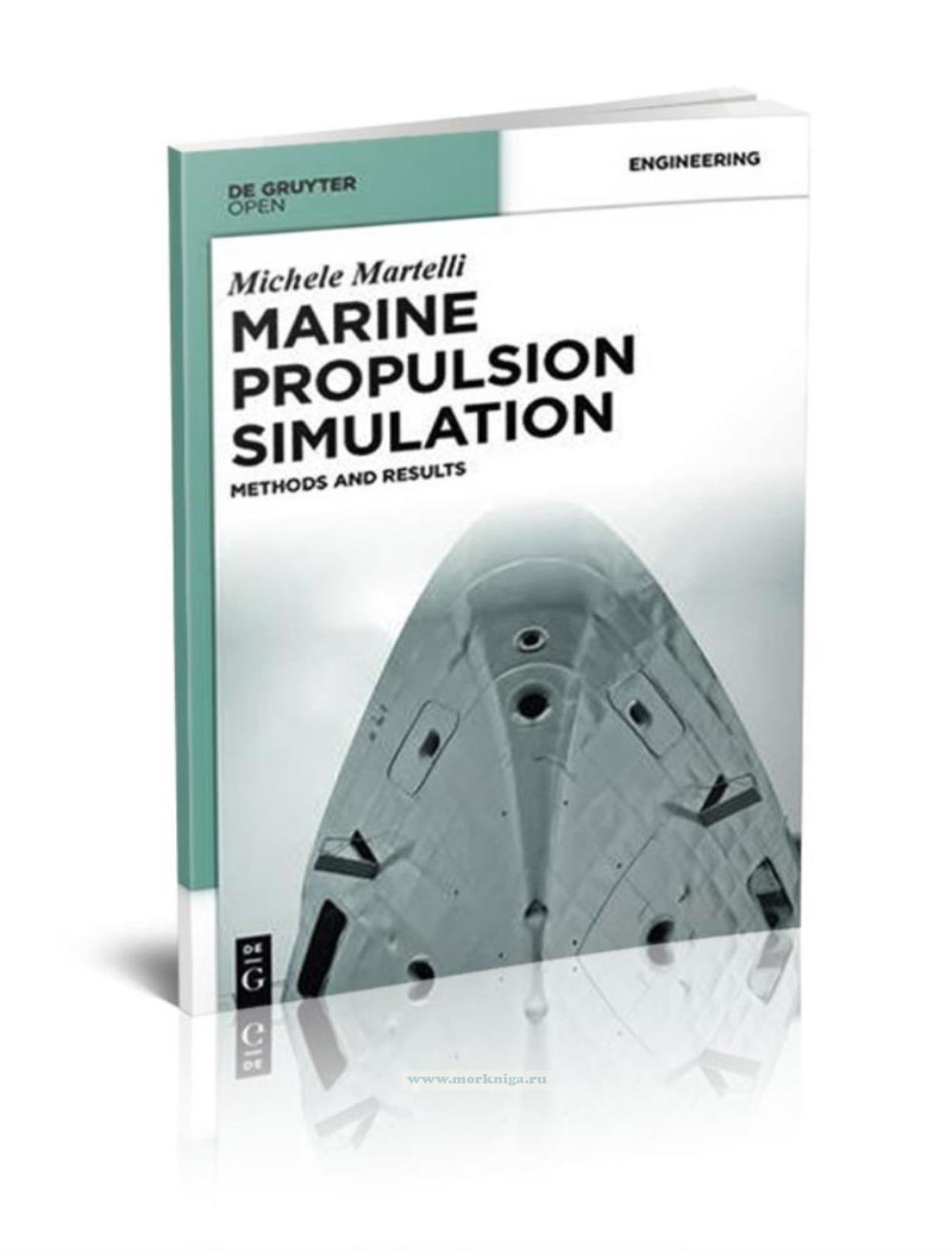
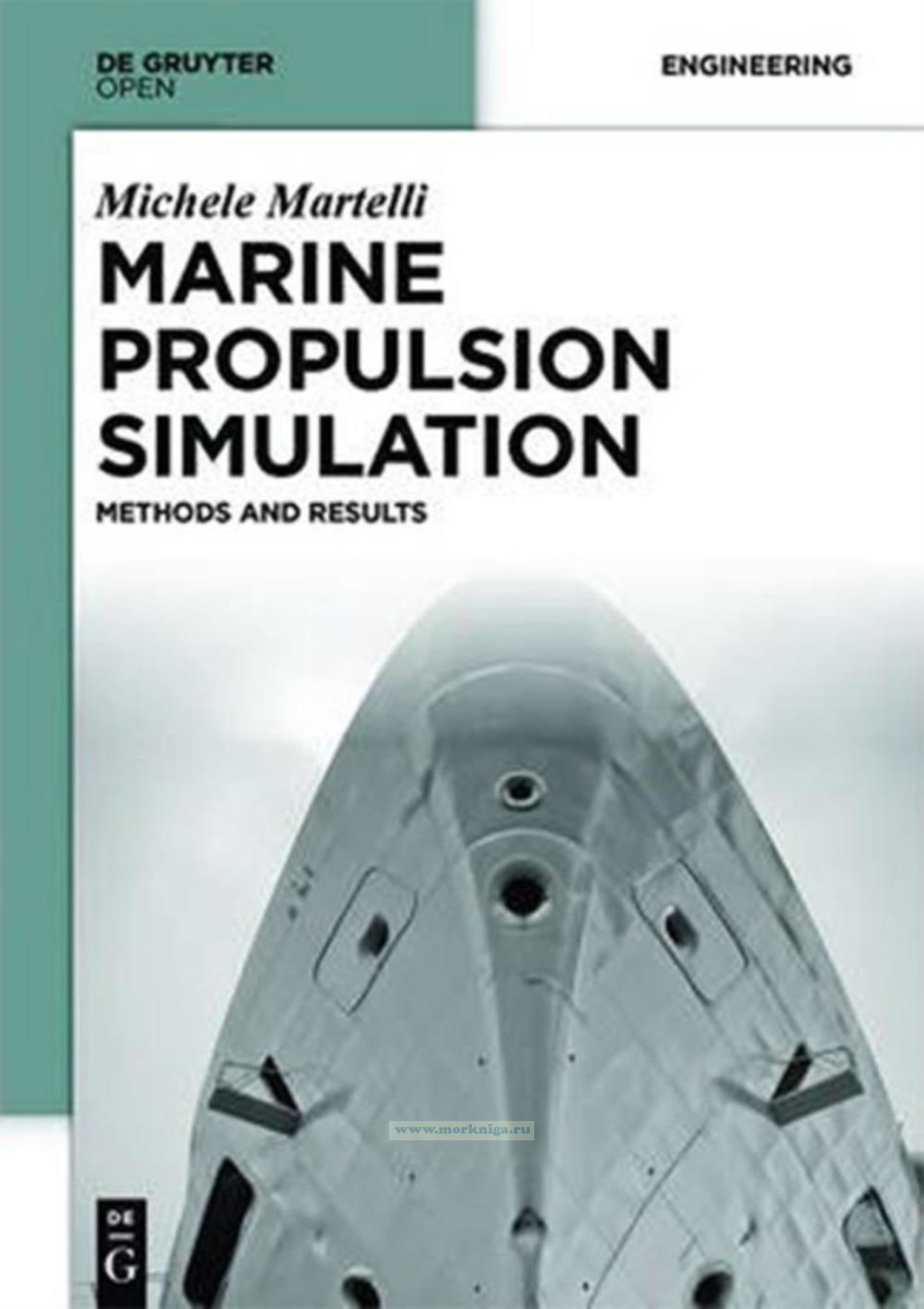
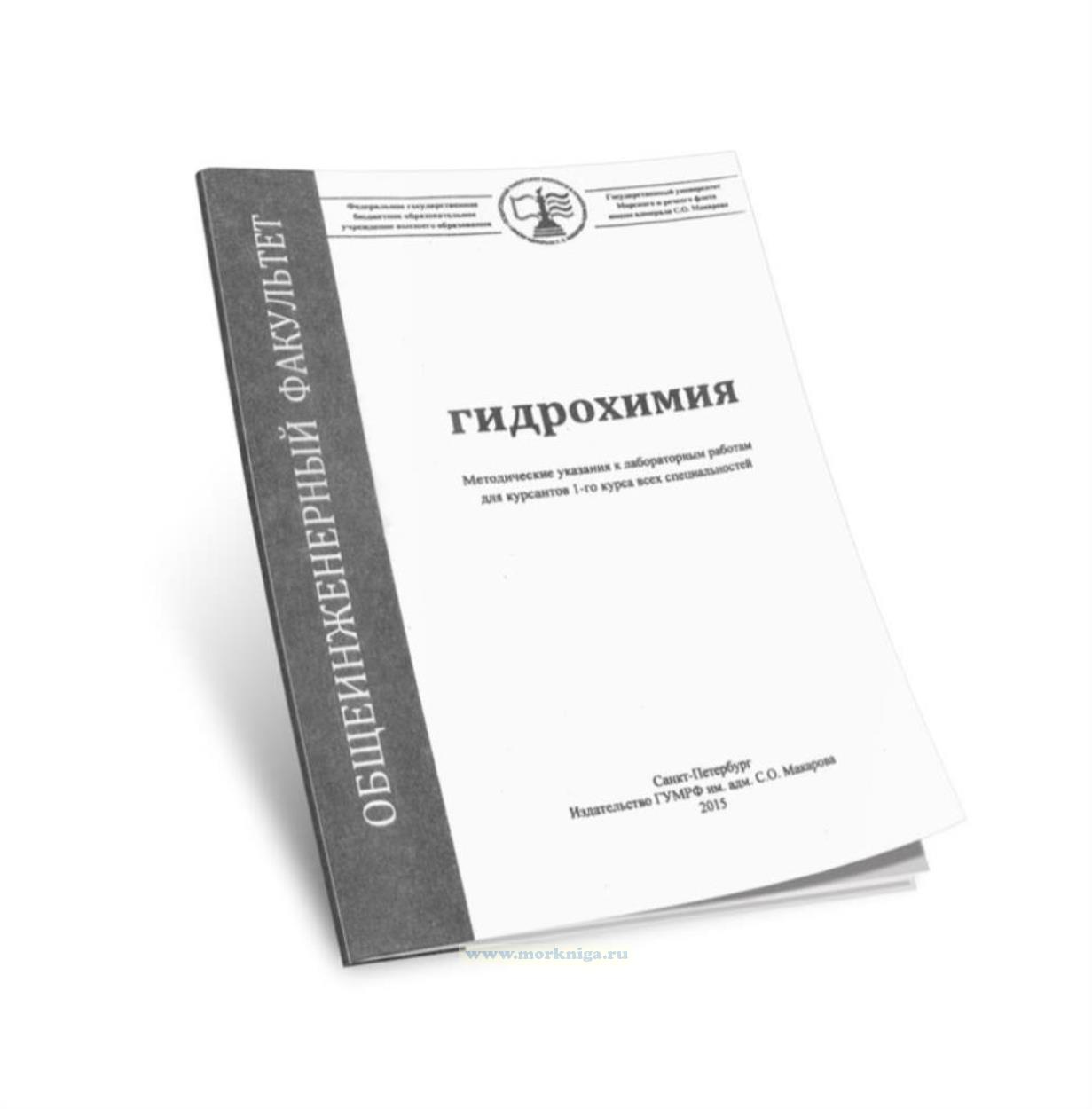 Гидрохимия: методические указания к лабораторным работам курсантов 1-го курса всех специальностей
Гидрохимия: методические указания к лабораторным работам курсантов 1-го курса всех специальностей 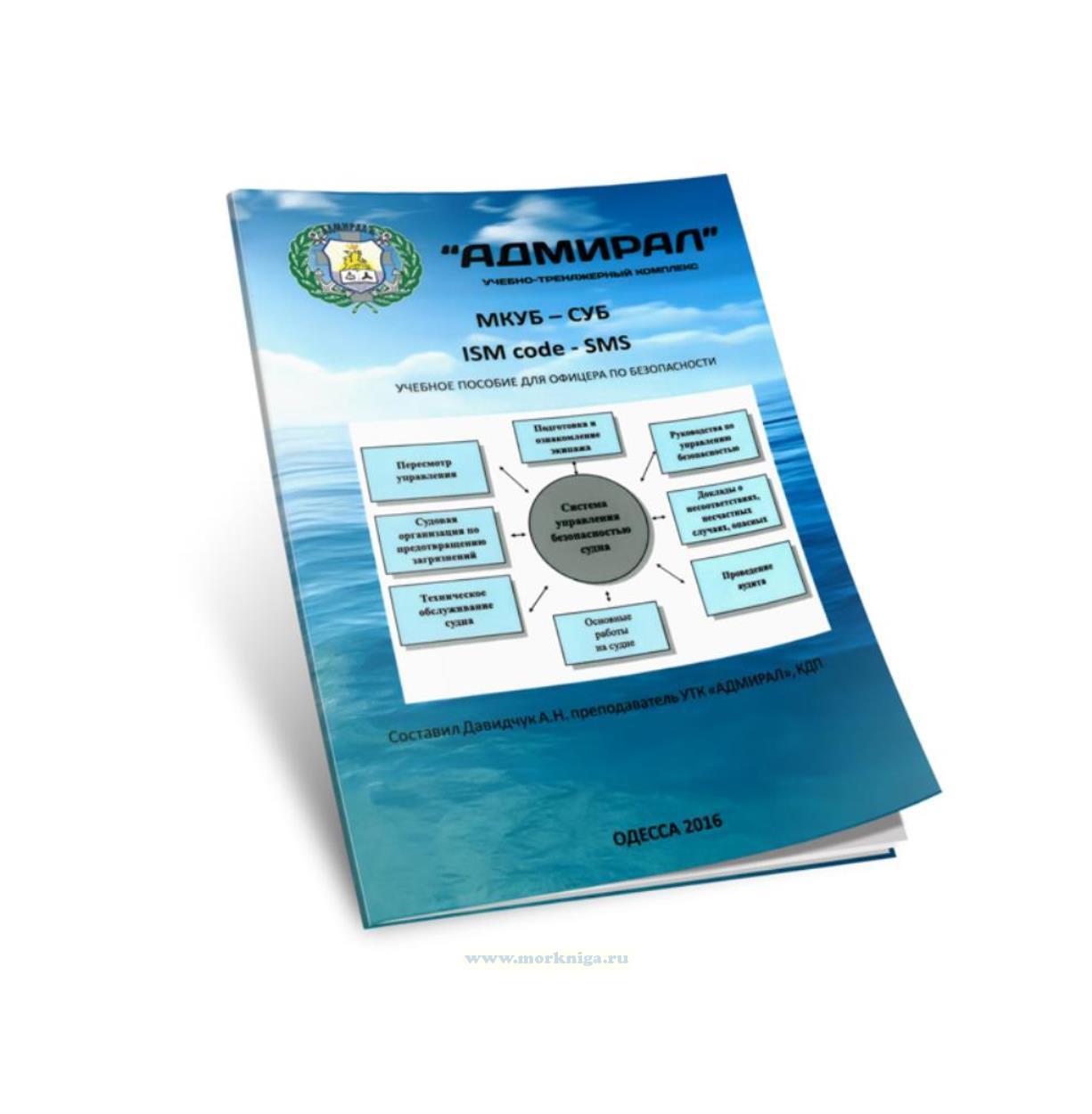 МКУБ - СУБ. ISM code - SMS. Учебное пособие для офицера по безопасности
МКУБ - СУБ. ISM code - SMS. Учебное пособие для офицера по безопасности 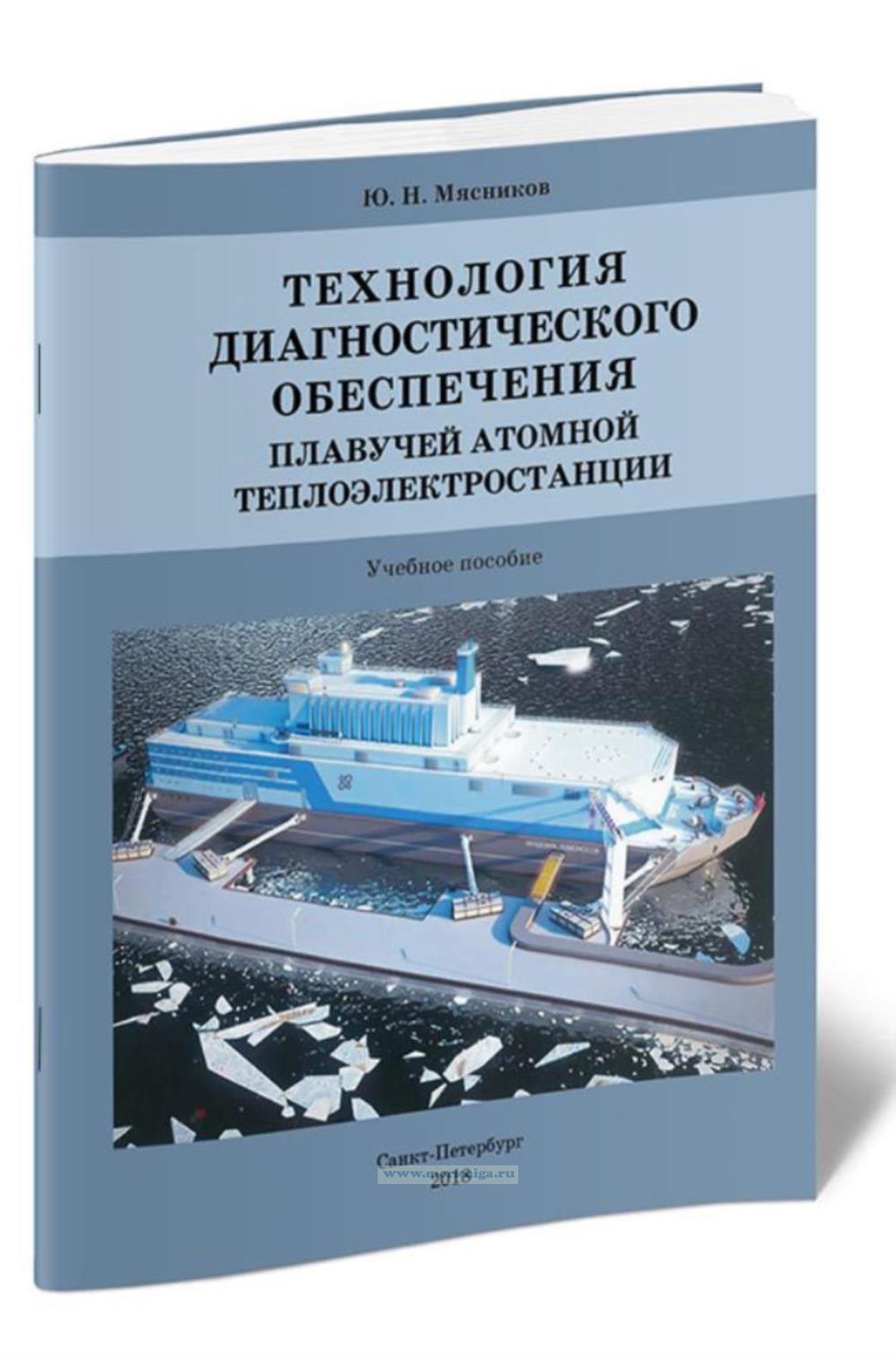 Технология диагностического обеспечения плавучей атомной теплоэлектростанции
Технология диагностического обеспечения плавучей атомной теплоэлектростанции